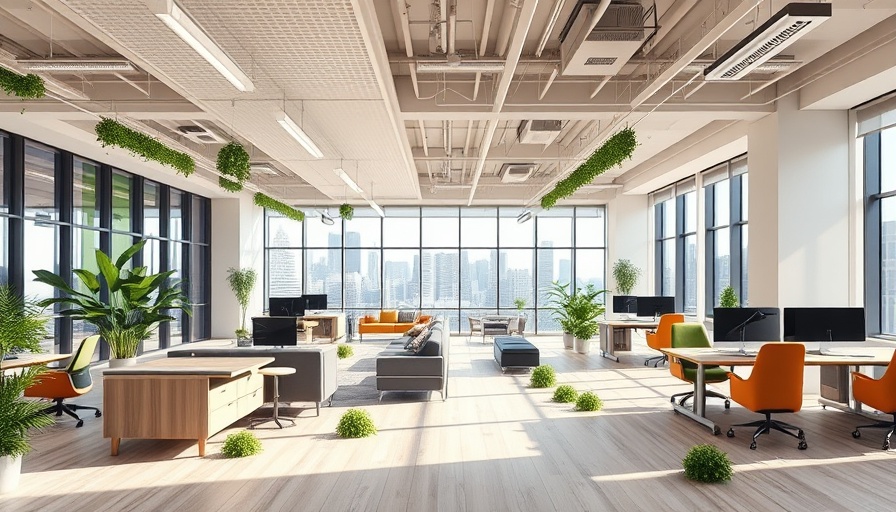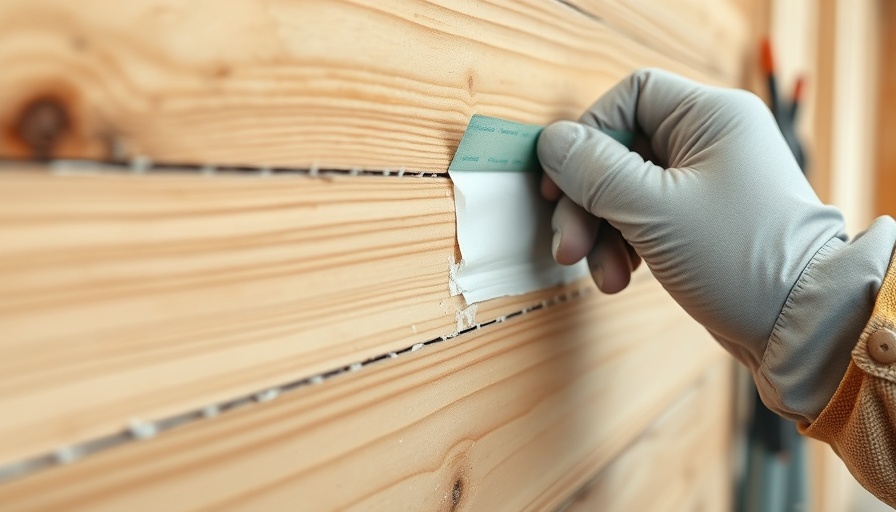
Revolutionizing Indoor Comfort: A New Era in Building Technology
In recent years, the push for more sustainable and efficient building systems has led to technological innovations that not only enhance comfort but also promote environmental health. One such advancement is the introduction of the Adriatic active chilled beam by Swegon. This innovative indoor environment solution is specifically designed for cooling, heating, and ventilation purposes in exposed ceiling applications. The Adriatic is an exemplary model of modern engineering, combining functionality with adaptability to meet diverse construction and design requirements.
Understanding Active Chilled Beams and Their Benefits
Active chilled beams represent a significant shift from traditional HVAC systems. Unlike conventional units that rely heavily on forced air, chilled beams utilize the natural convection process, which can lead to remarkable energy savings and improved indoor air quality. The Adriatic model stands out with its exceptional features, such as an indexed flow knob for seamless airflow balancing, ensuring consistent air volume delivery across various conditions. This is essential in maintaining optimal thermal comfort levels in both commercial and residential settings.
Customization and Certification: Meeting Global Standards
What sets the Adriatic apart is its Eurovent certification, attesting to its compliance with global quality standards in environmental controls. Additionally, Swegon offers customization options, such as color variations and concealed connection casings, allowing architects and builders to tailor the unit to specific aesthetic preferences and functional demands. The flexibility in design ensures that sustainability can harmonize with architectural beauty, creating environments that are both efficient and appealing.
The Future of Sustainable Building Solutions
As the world moves towards stricter environmental regulations and increased awareness of wellness design, products like the Adriatic active chilled beam are likely to see growing demand. This tech not only meets current industry standards but also sets a precedent for future innovations. With indoor environmental quality becoming a priority, integrating technologies that promote health and sustainability is no longer optional but essential.
As we stay informed about the latest advancements in environmental technology, it becomes clear that the blend of efficiency, customization, and sustainability will define the next generation of building solutions. Keep an eye on innovations like Swegon's Adriatic, as they pave the way for a more sustainable and comfortable future for indoor environments.
 Add Row
Add Row  Add
Add 






Write A Comment